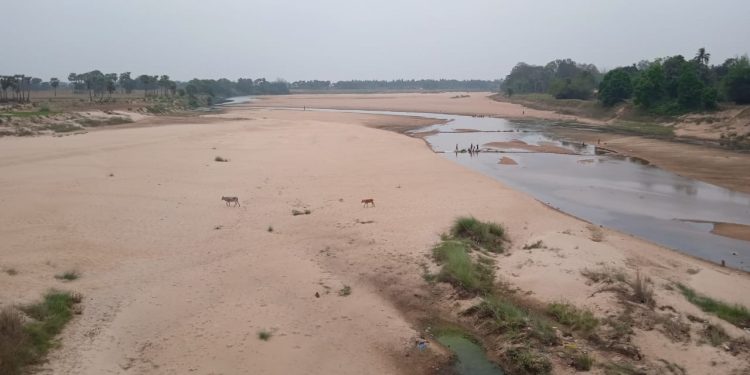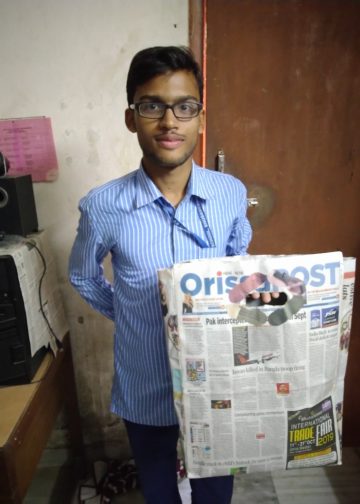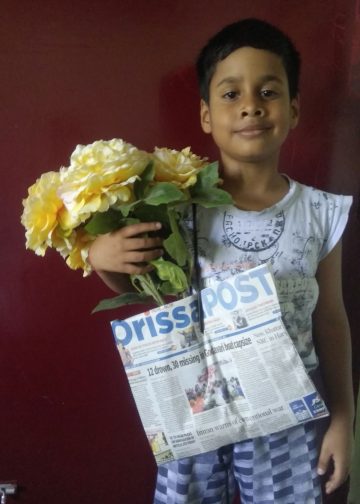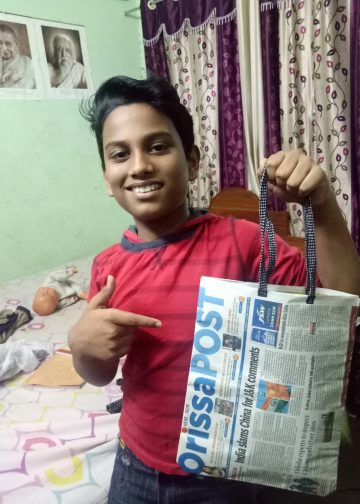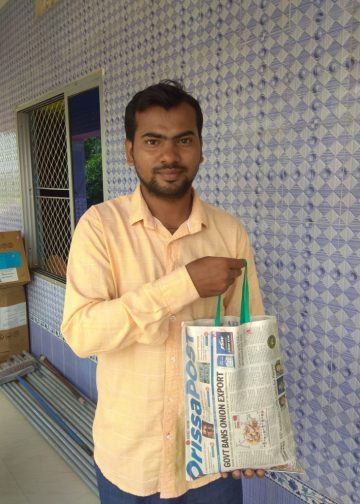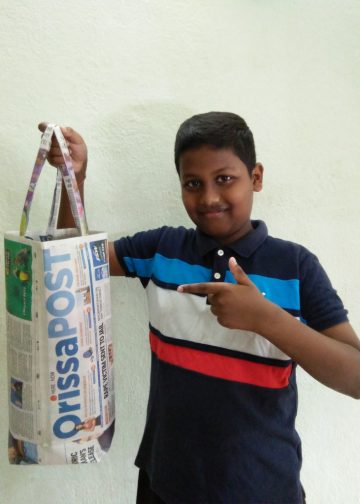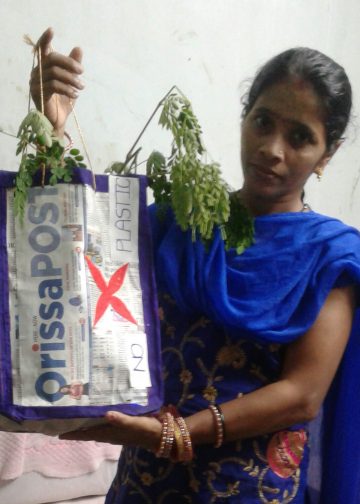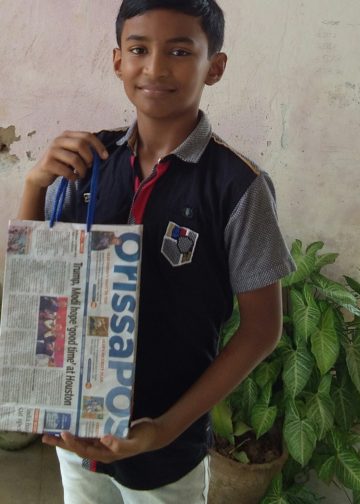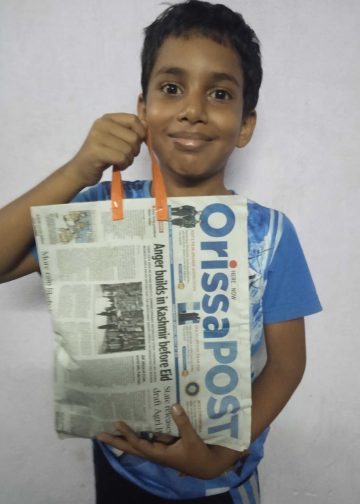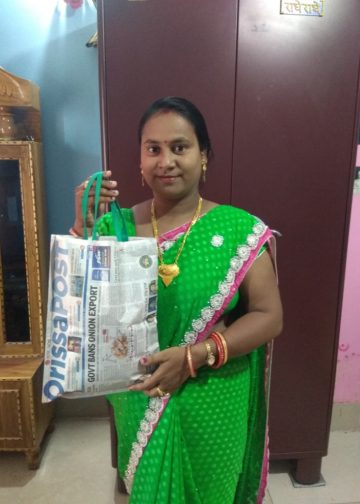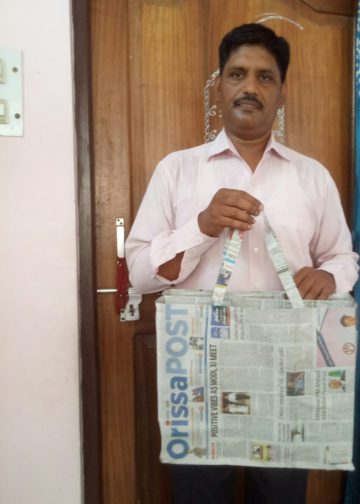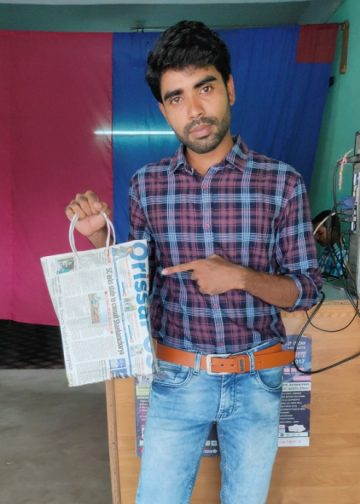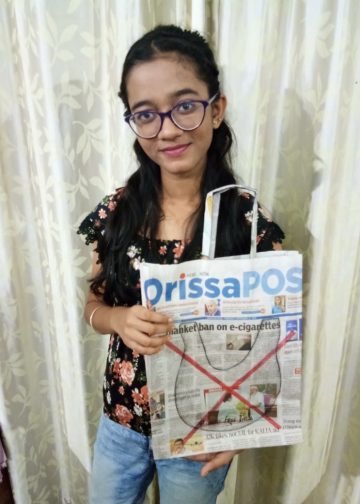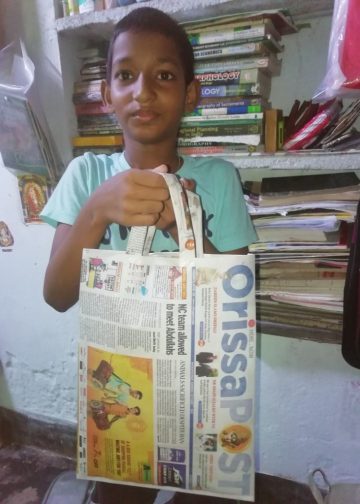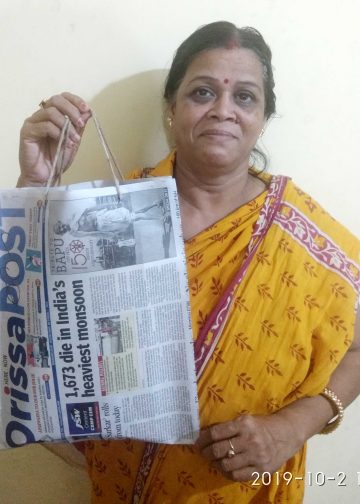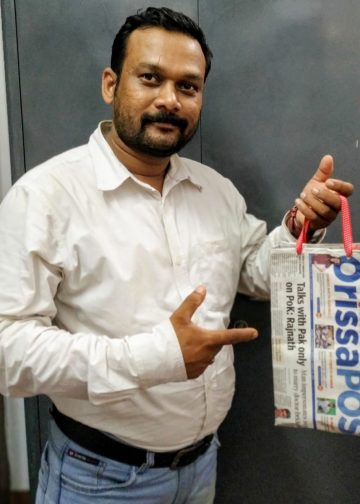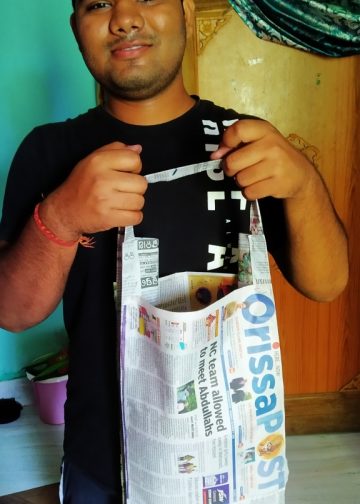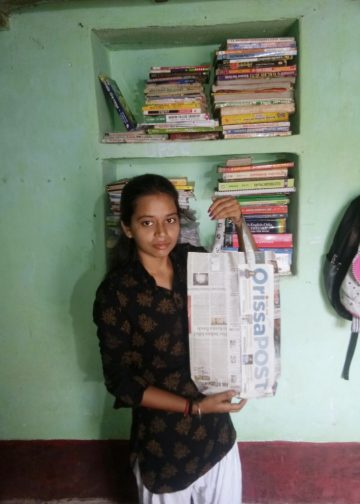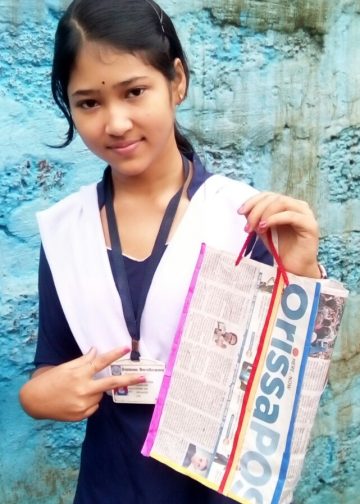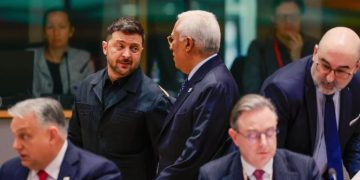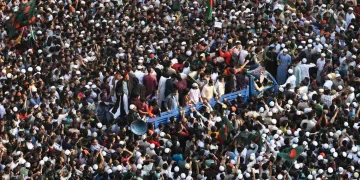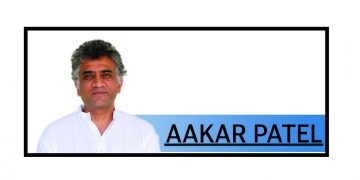Kendrapara: With the state government emphasising interstate river-linking projects, voices are growing louder for similar initiatives within Kendrapara district.
Local intelligentsia, social activists and political leaders have urged authorities to include the district in the state’s broader river-linking roadmap.
The issue assumes significance as the coastline of Kendrapara district covers 48 km, stretching from Dhamra sea mouth in neighbouring Bhadrak district to Batighar in the district.
Also Read: Six including engg student held for looting retired doctor
Moreover, with nine rivers and 27 creeks and canals flowing through the district, it is vulnerable to natural calamities like floods.
The government has preliminarily proposed six major river-linking projects over the next five years at an estimated cost of Rs 1,800 crore.
These include the Katara-Subarnarekha canal link, Hiradharbati barrage–Chilika lake connection, Bahuda-Rushikulya basin linkage, Vamsadhara-Rushikulya linkage, Telengiri-Upper Kolab connection, and the Anga-Suktel garland project.
The goal is to address potable water scarcity and irrigation issues in the drought-prone areas of the respective regions.
Senior BJP leader Bhuban Mohan Jena, local intelligentsia Ganesh Chandra Samal, environmentalist Hemant Kumar Rout, academic Kshitish Kumar Singh and social activist Manoj Kumar Singh have all stressed the urgent need to link rivers in Kendrapara.
They argue such a move would boost agriculture, enhance water security during natural disasters, and aid in coastal afforestation efforts such as mangrove and casuarina plantations.
The district has a dense network of rivers, including Luna, Chitrotpala, Paika, Mahanadi, Birupa, Brahmani, Gobari, Kharasrota, Baitarani, and Hansua, along with 27 major drainage channels.
Currently, canal irrigation covers 16,357 hectares in Kendrapara block, 7,840 hectares in Derabish, 3,409 hectares in Marshaghai, 3,007 hectares in Mahakalapara, and 11,049 hectares in Pattamundai, according to the Water Resources department.
However, farmers in Aul, Rajnagar, Rajkanika and some other blocks remain dependent on lift irrigation and rainfall.
Of the district’s 1.52 lakh hectare cultivable land, over 31,081 hectares lie fallow each year due to water scarcity.
River-linking stakeholders said that this would not only expand irrigation but also benefit inland fisheries, water-based livelihoods and year-round vegetable cultivation.
Locals believe such integration could help transform Kendrapara into a less saline and agriculturally vibrant region.
With increasing salinity in groundwater, people in the coastal district may soon have to rely entirely on river water for drinking purposes.
Experts say river interlinking is now crucial not only to address the region’s drinking water needs, but also to combat ecological crises and preserve biodiversity in areas like the Bhitarkanika National Park, as freshwater does not reach the sanctuary during the summer season.
Every summer, Bhitarkanika faces an acute shortage of fresh water, endangering its rich biodiversity.
The lack of fresh water has led to the destruction of flora, fauna, and medicinal plants.
Both marine and freshwater species are under threat, along with the vital mangrove ecosystem.
Mangrove forests like those in Bhitarkanika act as a natural buffer, protecting the coast during natural disasters like cyclonic storms.
The protective role of these forests was evident during the 1999 Super Cyclone, when they saved countless lives and property.
With the Sagarmala project now pushing for coastal road construction in the region, stakeholders say the district can benefit further if inland waterways are connected within a five-km coastal corridor.
Such integration could help mitigate future threats from cyclones, storm surges, floods, and droughts.
However, when contacted, Additional District Collector Rabindra Kumar Mallik said no formal process has begun yet for river-linking, though discussions are underway.
PNN

